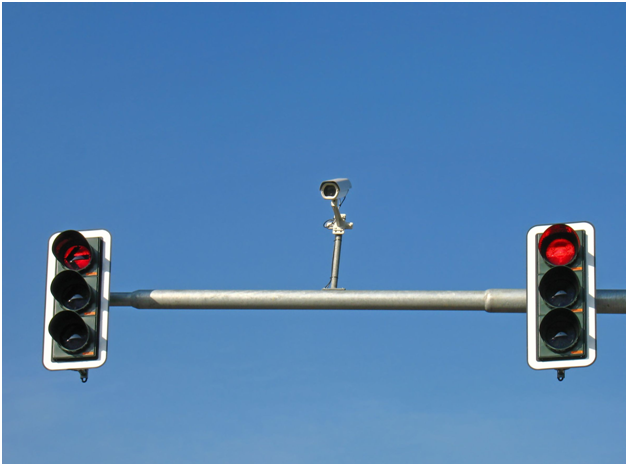Road Block for Traffic Cameras in Florida
We’ve all seen them before: those little cameras perched on top of traffic lights and the signs that warn “Red Light Photo Enforced”.
Do those cameras make a difference to your driving behavior? You might think that you’d be a safe and responsible driver regardless, and that the camera doesn’t make that big a difference, but it’s clear that it makes a difference to many people.
An analysis based on traffic camera data from 14 major cities between 2004 and 2008 found that these cameras reduced the rate of fatal red light running crashes by 24% and saved 159 lives. Yet in spite of the clear benefits, a new transportation proposal in Florida is seeking to make it impossible for our state to install any more of these cameras.
The proposal, which is being spearheaded by Representative Frank Artiles (R-Miami), would do two major things: it would no longer allow municipalities and counties to install traffic cameras at currently unmonitored intersections, and it would reduce the fine for being caught on camera running a red from $158 to $83.
Those who support the proposal say that they’re just trying to keep law enforcers from “profiteering” off of the fines that come from red light violations, but safety advocates are raising their eyebrows and pointing to the fact that traffic cameras and the fines for a red light violation are a significant deterrent for running a red. Limit the number of traffic cameras and majorly reduce the fine for running a red, and reckless drivers might decide it’s worth running a red to get to their destination a little faster.
Do Cameras Change Driver Behavior?

There’s a long history of psychological studies on the Observer Effect—that is, how people change their behavior when they know they’re being watched. A recent study on surveillance in the restaurant business, an industry that’s known for incidences of employee theft and fraud, found that software monitoring significantly reduced unethical behavior and led to a revenue increase of 7%. And when it comes to traffic cameras, there’s clear evidence that having them at intersections deters illegal and reckless behavior.
Because traffic cameras are always “on duty” and provide objective evidence of red light running (as opposed to a police officer claiming they saw someone run a red), law enforcers are able to offer more citations at traffic camera intersections.
Yes, some might argue that these increased citations are a way for cities to make more money, but they’re also a powerful deterrent. Fewer people push their luck on a long yellow light, and of those people who did receive a red-light running violation between July 2010 and May 2013 in Florida, 90% did not receive a second violation.
Traffic accidents are an on-going problem in Florida, and red light running alone results in an estimated 165,000 injuries in our state each year. Claiming that traffic cameras are just a “money-making scheme” and an invasion of privacy is just evading the real issue. Our roads are public places, and there’s an expectation that we will obey its laws in order to keep ourselves and others safe. Having cameras at intersections isn’t unconstitutional, and since they save lives and prevent injuries, it certainly seems worthwhile to continue using them in our state.
About the Author:
Lawlor Winston White & Murphy. He has been recognized for excellence in the representation of injured clients by admission to the Million Dollar Advocates Forum, is AV Rated by the Martindale-Hubbell Law Directory, and was recently voted by his peers as a Florida “SuperLawyer”—an honor reserved for the top 5% of lawyers in the state—and to Florida Trend’s “Legal Elite.”